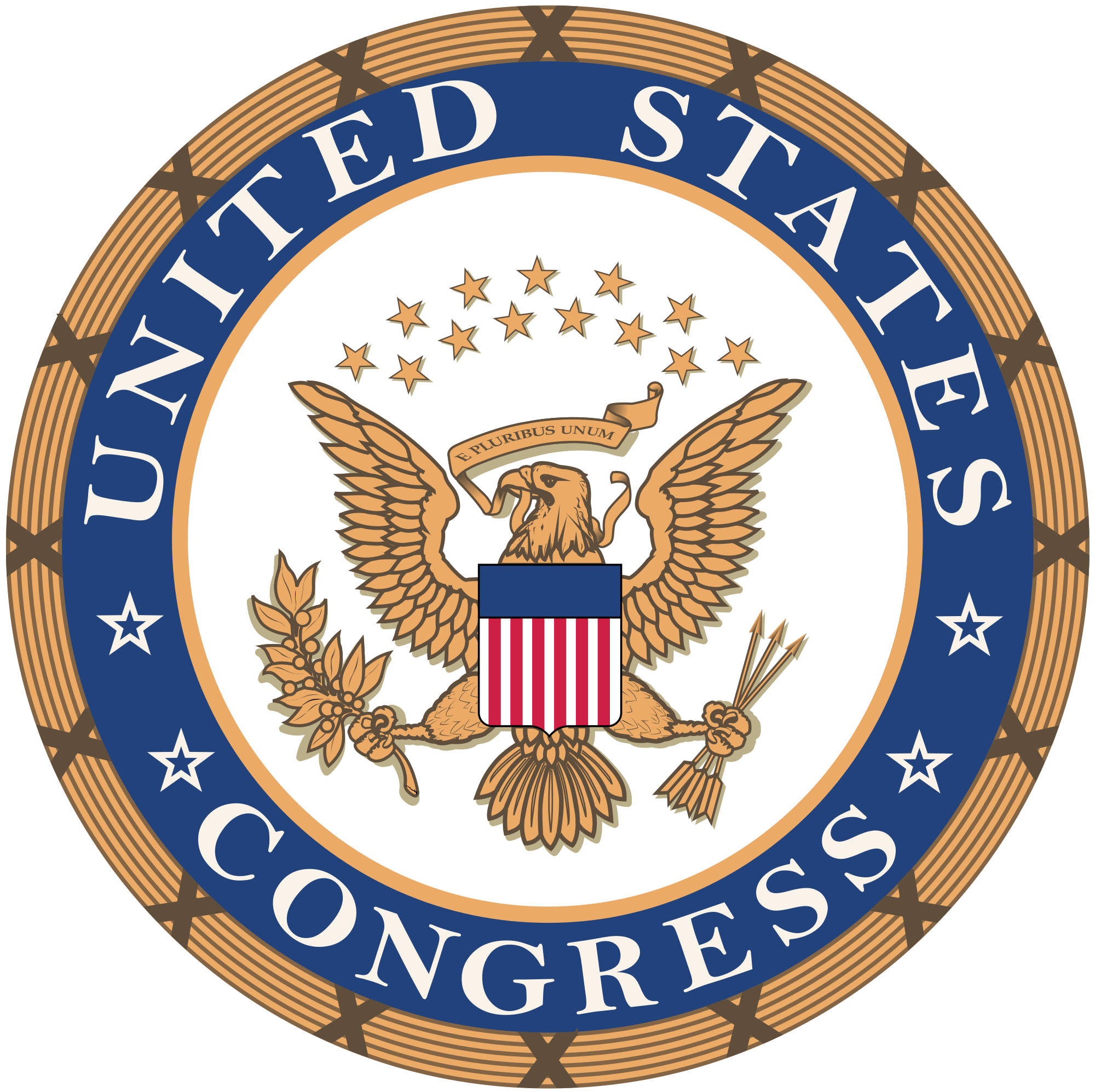
FAA Reauthorization Bill….
A new Federal Aviation Administration FAA Re-authorization bill has been introduced in congress, which is the result of negotiations between House and Senate leaders. You can read the entire FAA re-authorization bill here.
Among the items of interest or concern:
The Secretary of Transportation may establish a pilot program to enable enhanced drone operations as required in the October 25, 2017 Presidential Memorandum entitled ‘‘Unmanned Aircraft Systems Integration Pilot Program’’ and described in 82 Federal Register 50301.
Subtitle D—Unmanned Aircraft Systems Workforce
SEC. 631. COMMUNITY AND TECHNICAL COLLEGE CENTER OF EXCELLENCE IN SMALL UNMANNED AIRCRAFT SYSTEM TECHNOLOGY TRAINING.
(a) DESIGNATION
.—Not later than 180 days after the date of enactment of this Act, the Secretary of Transportation, in consultation with the Secretary of Education and the Secretary of Labor, shall establish a process to designate consortia of public, 2-year institutions of higher education as Community and Technical College Centers of Excellence in Small Unmanned Aircraft System Technology Training (in this section referred to as the ‘‘Centers of Excellence’’).
(b) FUNCTIONS
.—A Center of Excellence designated under subsection (a) shall have the capacity to train students for career opportunities in industry and government service related to the use of small unmanned aircraft systems.
(c) EDUCATION AND TRAINING REQUIREMENTS
.—In order to be designated as a Center of Excellence under subsection (a), a consortium shall be able to address education and training requirements associated with various types of small unmanned aircraft systems, components, and related equipment, including with respect to—
(1) multirotor and fixed-wing small unmanned aircraft;
(2) flight systems, radio controllers, components, and characteristics of such aircraft;
(3) routine maintenance, uses and applications, privacy concerns, safety, and insurance for such aircraft;
(4) hands-on flight practice using small unmanned aircraft systems and computer simulator training;
(5) use of small unmanned aircraft systems in various industry applications and local, State, and Federal government programs and services, including in agriculture, law enforcement, monitoring oil and gas pipelines, natural disaster response and recovery, fire and emergency services, and other emerging areas;
(6) Federal policies concerning small unmanned aircraft;
(7) dual credit programs to deliver small un-manned aircraft training opportunities to secondary school students; or
(8) training with respect to sensors and the processing, analyzing, and visualizing of data collected by small unmanned aircraft.
